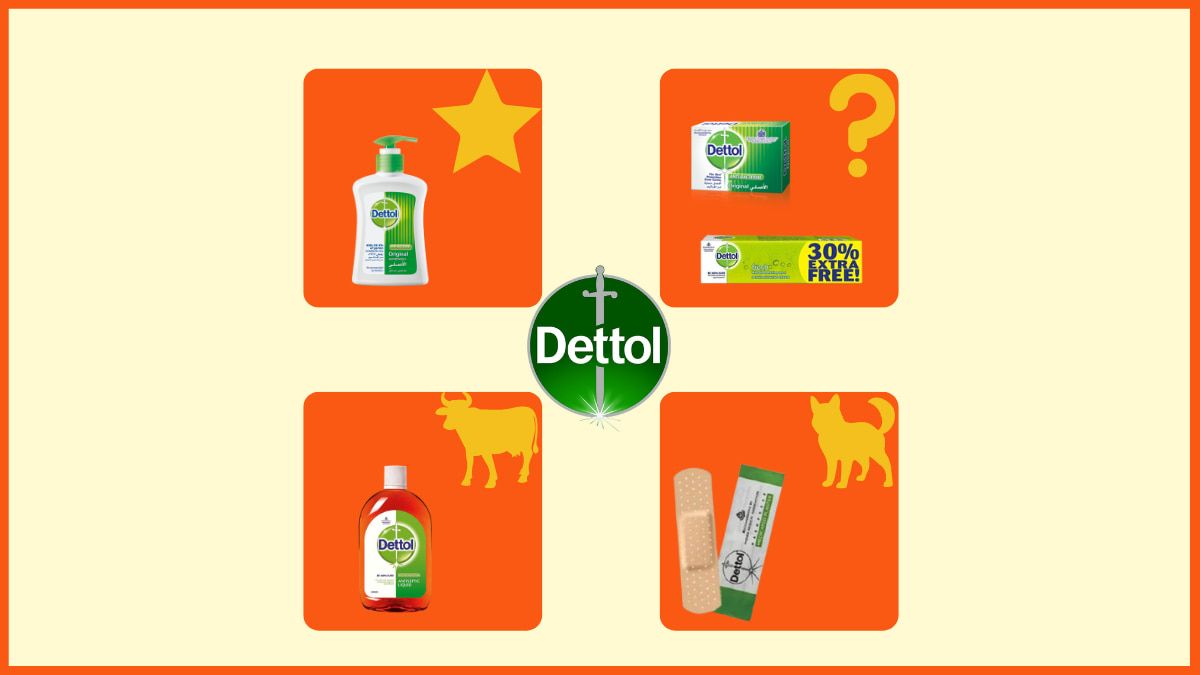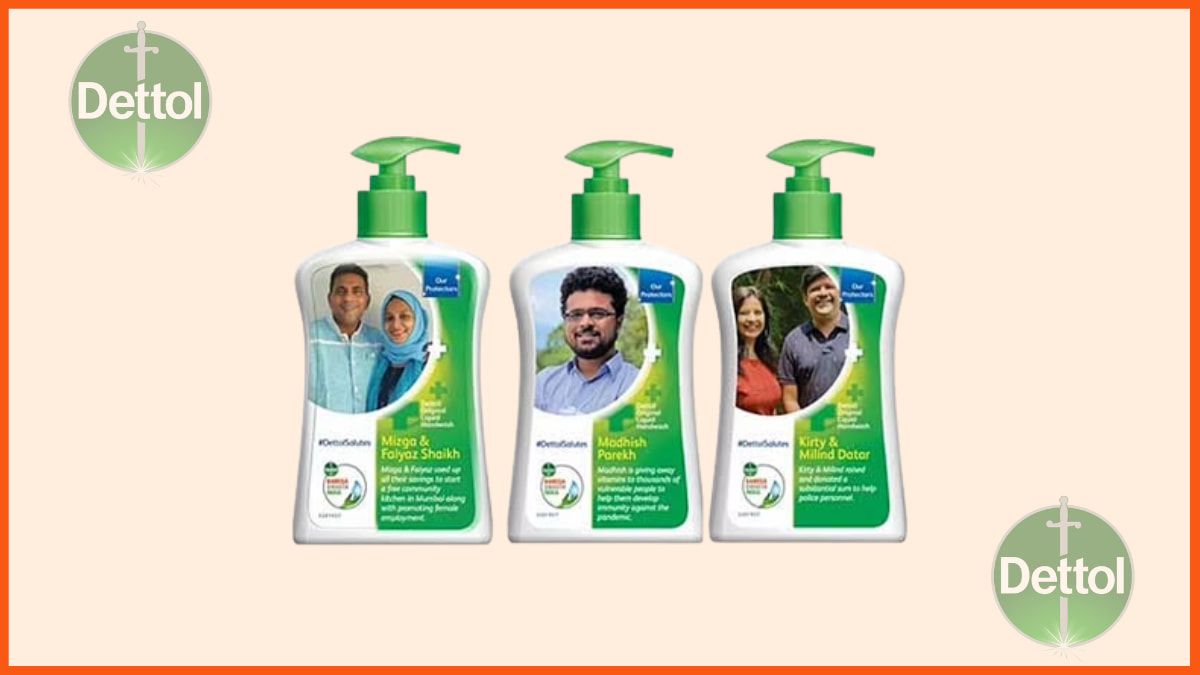Britannia Industries Limited is an Indian food firm formed in Kolkata in 1892 with a small investment of Rs. 295 and is now headquartered in Mumbai. The firm is most known for its many brands of biscuits, but it also sells a wide range of packaged foods, dairy products, and bread to suit a variety of lifestyles.
It produces everyday food products such as Marie Gold, NutriChoice, Milk Bikis, Good Day, and Tiger, and is one of India’s most trusted brands. Not only in metropolitan areas but also in rural areas, this brand has become a household name.
It spends some of the country’s most prominent digital marketing expenses to maintain its significant presence in the Indian market.
Britannia has a market capitalization of INR 1.30 trillion (June 2024); its dairy business generates about 4-5% of total revenue, which generated INR 600 crore in FY23 and has a distribution network of 100,000+ outlets; and its bread vertical is the largest in the organized bread market, with an annual income of INR 450 crores.

Let’s look at the different marketing strategies of Britannia, pricing, product, advertising, and more in detail.
Britannia Marketing Strategy
Britannia Product Strategy
Britannia Pricing Strategy
Britannia Place Strategy
Britannia Promotion and Advertising Strategy
Britannia Segmentation Targeting and Positioning (STP)
Britannia Major Marketing Campaigns
Britannia Marketing Strategy
Britannia has primarily concentrated on the creation of new products and the promotion of nutrition and wellness. Taste, food, and life experiences are closely linked in Britannia’s marketing and social media efforts. Britannia has also used celebrities like Salman Khan and Deepika Padukone to promote its different marketing campaigns. In the baking, biscuits, and dairy industries, it has effectively occupied a significant market share. The brand has relied only on traditional celebrity marketing, ignoring the power of Influencer Campaigning, which may significantly influence social media networks.
The corporation competes in the market based on an extensive distribution network, cost-effectiveness per unit, production facilities close to markets, new goods, skilled personnel, and a wide range of products.
Let’s understand the Britannia Marketing Mix in detail in the section below.

Britannia Product Strategy
| Product Category | Description |
|---|---|
| Biscuits | – Main product category, major revenue contributor – Includes Britannia Tiger, Britannia Good Day, Britannia Nice Time, Britannia Treat, Britannia 50-50, Little Hearts, Bourbon, Britannia Marie – Various flavors for different consumer preferences |
| Bread and Bakery Products | – Long-standing history of production – Includes various types of bread and fruit bread – Other bakery products available |
| Dairy Products | – Expanded into the dairy segment – Includes cheese, butter, ghee, and curd – Produced through partnerships with dairy firms |
| Cakes and Rusks | – Variety of cakes and rusks offered – Caters to different tastes and occasions |
| Nutri Choice Range of Products | – Targeted at health-conscious consumers – Offers healthier biscuit options under the Nutri Choice brand |

Britannia produces a wide range of biscuits and dairy items. Britannia’s product strategy comprises mostly cakes, dairy, biscuits, bread, and rusk in its marketing mix.
Britannia Marie Gold, Britannia Nutrichoice, Britannia Little Hearts, Britannia Pure Magic, and more famous brands are among Britannia’s product list. The most well-known product is Britannia Tiger biscuits. Tiger cookies are also sold in countries such as Australia, Malaysia, and Indonesia. Thanks to cooperative agreements with dairy firms, Britannia can now make and sell butter, ghee, curd, and cheese. Its products are primarily aimed towards India’s middle class, which makes up most of the population. The Britannia products and its price list can be found on its website.

Britannia Pricing Strategy

Food production is a highly competitive sector. Competition is at the heart of Britannia’s marketing strategy and price strategy.
Also, because the significant sector is price-sensitive middle-class individuals, Britannia is forced to compete on price. Britannia strives to bundle its products, which lowers the cost of its products. This is notably evident in their items made for family packs. The pricing strategy of Britannia allows businesses to make more money from customers who are prepared to pay more for healthier products and perks. Britannia’s prices are comparable to those of its competitors, mainly Parle’s, and they are practically identical.
Britannia Place Strategy
Britannia employs an extensive distribution network following the Fast-Moving Consumer Goods (FMCG) model, strategically appointing distributors to ensure its products are widely available across various markets. Britannia distribution channel follows the FMCG model, ensuring wide product availability through urban retail stores, rural networks, and modern trade partners. The company boasts a strong presence in urban areas and is actively working to enhance its reach in rural regions, addressing the unique challenges of distribution in these areas. Britannia effectively utilizes modern trade channels, partnering with major retail chains such as Big Bazaar and D Mart to maintain a prominent presence in high-traffic retail environments. Britannia has also expanded its market share internationally through strategic foreign deals and joint ventures, including collaborations with companies like Peek Frean in the UK and acquisitions such as Parry’s, enhancing its global reach.
Britannia Promotion and Advertising Strategy
Britannia employs various strategies in its promotional marketing mix, including television commercials, print advertisements, and billboards. Britannia has negotiated deals with celebrities to market its brand. However, the deals have varied depending on the product. The sports industry accounts for a more significant portion of its promotional operations. Cricket bats with the Britannia emblem, which international players approve, are an essential advertising tool. Britannia also markets its product as “vital for excellent health,” which appeals to consumers who are more concerned about the nutritional content of what they eat.

Britannia Segmentation Targeting and Positioning (STP)
Segmentation
Segmentation aids in comprehending the many types of clients present in the community and the characteristics linked with each category.
Kids, adults, and youth are the three groups of demographic segmentation. There are Treat fruit rolls and Tiger biscuits in the Kids category, while in the Adult category, there are Good Day and Cream Crackers. Youth biscuits include Little Hearts and Cream Biscuits.
Targeting
Following segmentation, targeting is how the organization chooses which consumer categories it wants to serve.
Britannia has spent the last 100 years focusing on the next generation of children and the elderly through a variety of goods. The Britannia Tiger is low-cost and aimed at low-income individuals, whilst the Britannia Marie Gold is aimed at families. Treat fruit rolls are intended for use by youngsters on rare occasions.
Positioning
Positioning is the final phase of the process. After determining the client it wants to target, the corporation selects what sort of messaging or attitude to take while selling the product.
Britannia has persuaded moms to buy Tiger biscuits for their children, Little Hearts as a snack for teenagers, and Good Day as a daily cookie that brings joy to everyone’s life.
Britannia’s Social Media Strategy
In today’s digital world, being active on social media is very important for any brand. Britannia uses social media effectively to connect with people, share its message, and achieve its communication goals.

Britannia Major Marketing Campaigns
Bourbon Campaign
Britannia Bourbon Campaign
The business has launched a new ad for Bourbon, one of its most popular products.
The brand concentrated on friendship in this campaign. It related it to people whose lives revolve around their friends, creating a movement centered around completing joyful moments with closest friends.
Britannia World Cup Campaign
Britannia Ad Campaign
Cricket fever has long been prevalent in India. As a result, Britannia saw this cultural connection as a vast potential and developed the “Britannia Khao World Cup Jar” campaign. This promotion combines two of India’s most powerful industries: food and cricket. Whoever bought a Britannia product with the Britannia Khao World Cup Jao promo SMS the promo code and the consumer would get a guaranteed reward for every 100 runs in the World Cup.
Britannia Good Day Campaign
The brand conducted a campaign with Bollywood actress Deepika Padukone. She advised people to focus on the objective and pursue the genuine deal, with the tagline “Khushiyon ki zidd Karo” being the simple translation. In plain English, this message stated that every day would be a good day if one stayed happy and pursued happiness.

Conclusion
By offering a trustworthy basis and high-quality products, Brittania has effectively created and generated trust among consumers. Brittania’s marketing strategy is focused on the product, with the firm emphasizing flavor and nutrition.
To attract more customers, Britannia’s marketing strategy and approach must adapt to the current market trends.
FAQs
How many Britannia plants are there in India?
There are 15 Britannia factories/plants in India.
Who is the owner of Britannia Industries?
Wadia Group is the parent organization of Britannia Industry.
What are Britannia Industries products?
Britannia is one of the oldest existing food processing brands in India. Some of its products include:
- Biscuits
- Bread
- Cakes
- Rusk
- Dairy products- Cheese, Beverages, Milk and Yoghurt
How does Britannia generate revenue?
Britannia generates revenue from its two business segments that includes:
- Bakery Products
- Dairy Products
It makes 90-95% of its revenue from the biscuits and bakery segment. Dairy products generate 4-5% of its total revenue.













